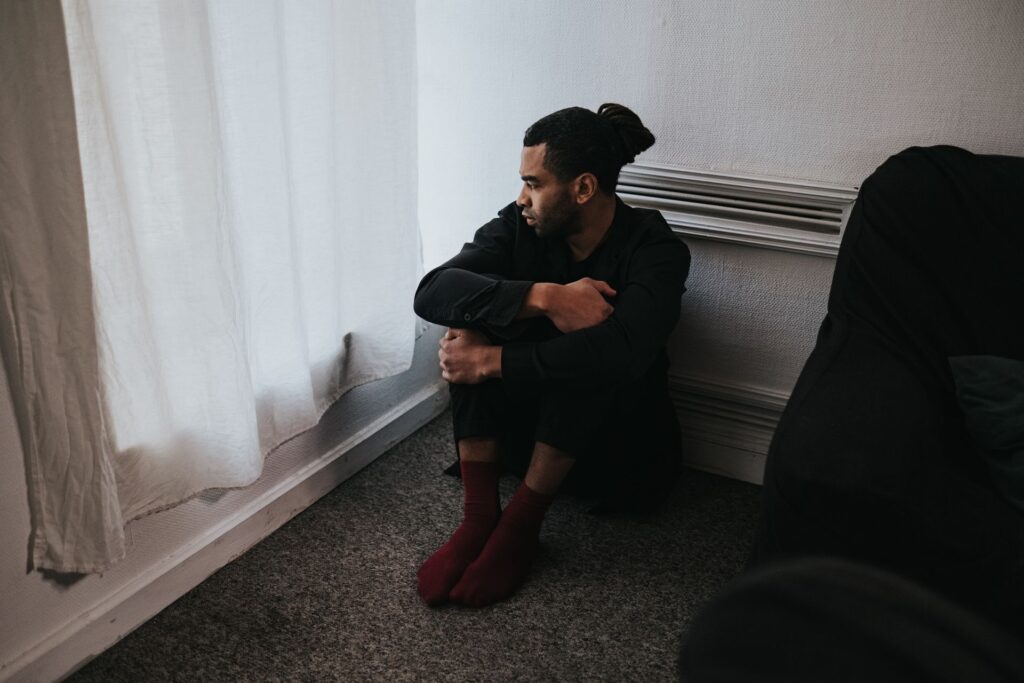Agoraphobia

What is Agoraphobia ?
Agoraphobia is an intense fear of situations where escape might be difficult or help unavailable during anxiety. It goes beyond shyness—people may avoid crowded places, public transport, or stay home entirely to prevent panic attacks.
This condition can make daily activities like errands, socializing, or traveling feel overwhelming. It often develops with panic disorder or through gradual avoidance that becomes habitual, triggered by crowded spaces or physical sensations like racing heart or dizziness.
With proper tools and support, you can learn to manage fear, rebuild confidence, and gradually re-engage with the world at your own pace.
Signs You May Be Experiencing Agoraphobia
Frequently Asked Questions About Agoraphobia Therapy
How does therapy help with agoraphobia?
Therapy helps you gently face the fears and situations you’ve been avoiding. Your therapist will work with you to uncover the root of your anxiety, challenge negative thought patterns, and develop coping tools that help you feel safe and in control again.
What type of therapy works best for agoraphobia?
Cognitive Behavioral Therapy (CBT) is especially effective, often combined with exposure therapy, which gradually and safely helps you confront feared situations. Over time, this process helps reduce avoidance behaviors and build resilience.
How soon can I start therapy?
At ReachLink, we know how important it is to get the right support when you need it. That’s why you can start therapy within 48–72 hours of being matched with a therapist who understands agoraphobia.
Is therapy covered by insurance?
Yes! ReachLink accepts many insurance plans, and we offer affordable self-pay options to make sure you can access the support you deserve.
Personalized Therapy for Lasting Relief.
Individual Therapy
Cognitive Behavioral Therapy (CBT)
Group Therapy
Couples/Family Therapy
What Our Clients Are Saying
Why Choose ReachLink for Your Mental Health Journey?
Personalized Therapist Matching

Affordable
Options

Fast Access
to Care

Licensed
Therapists